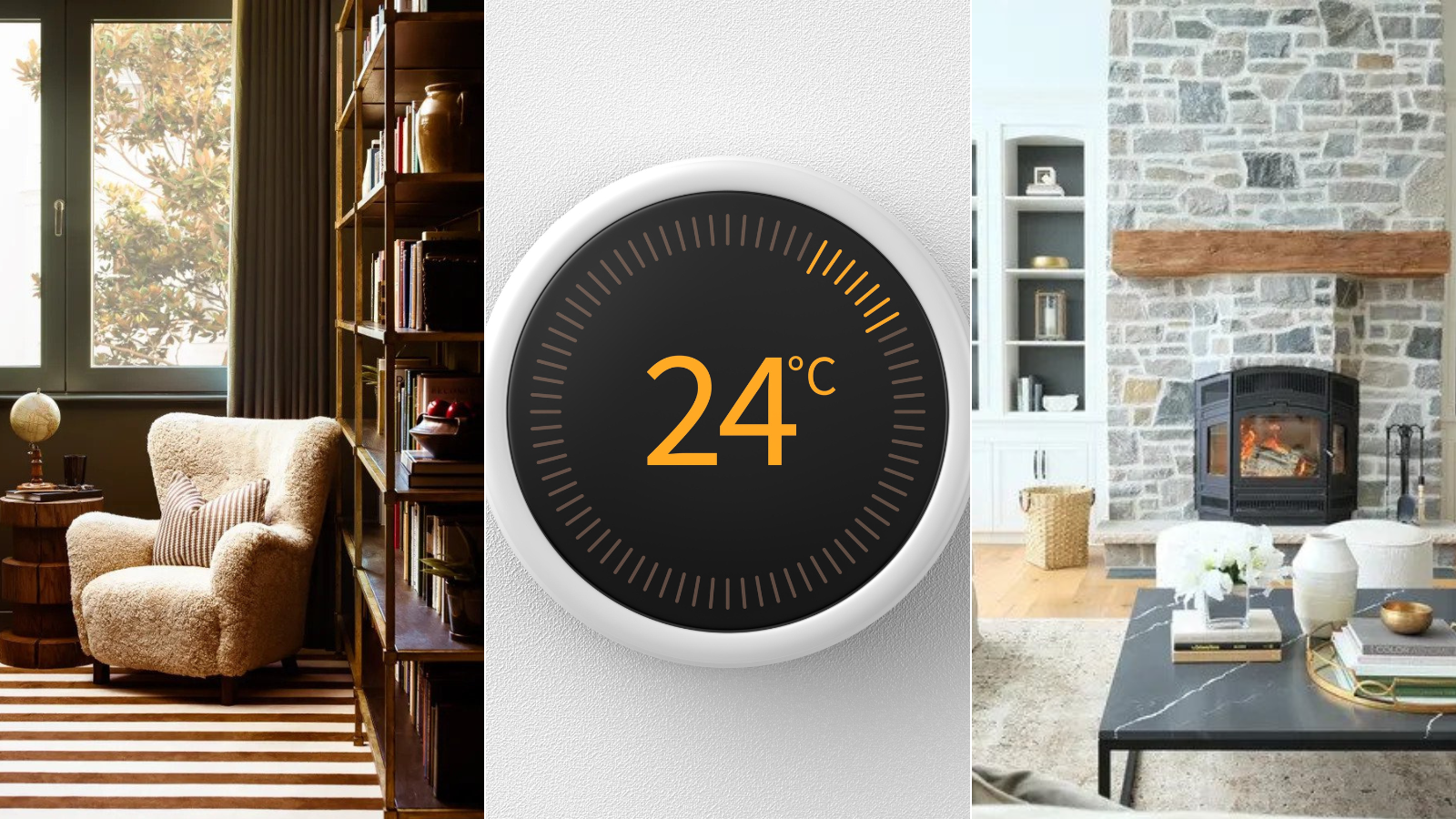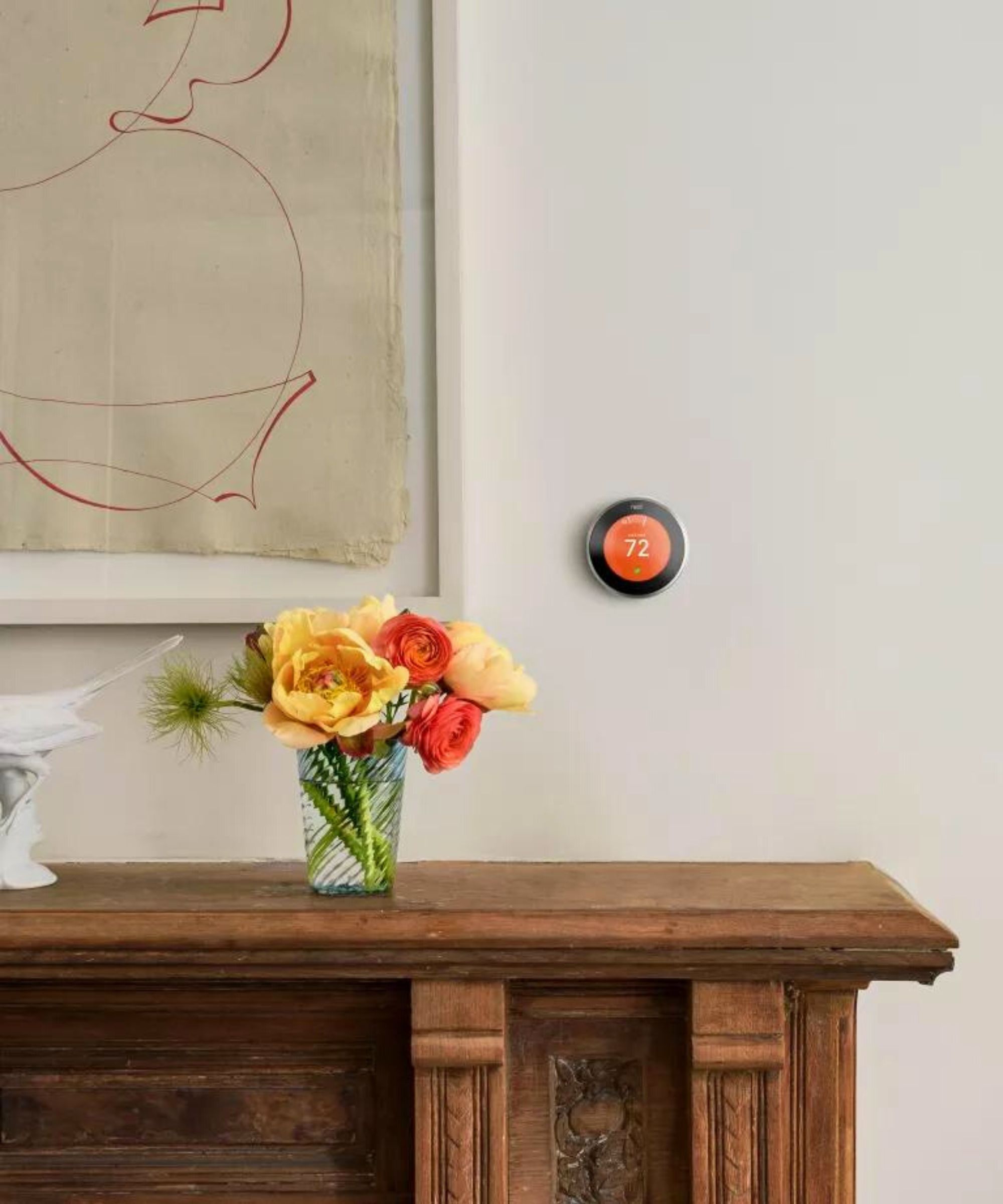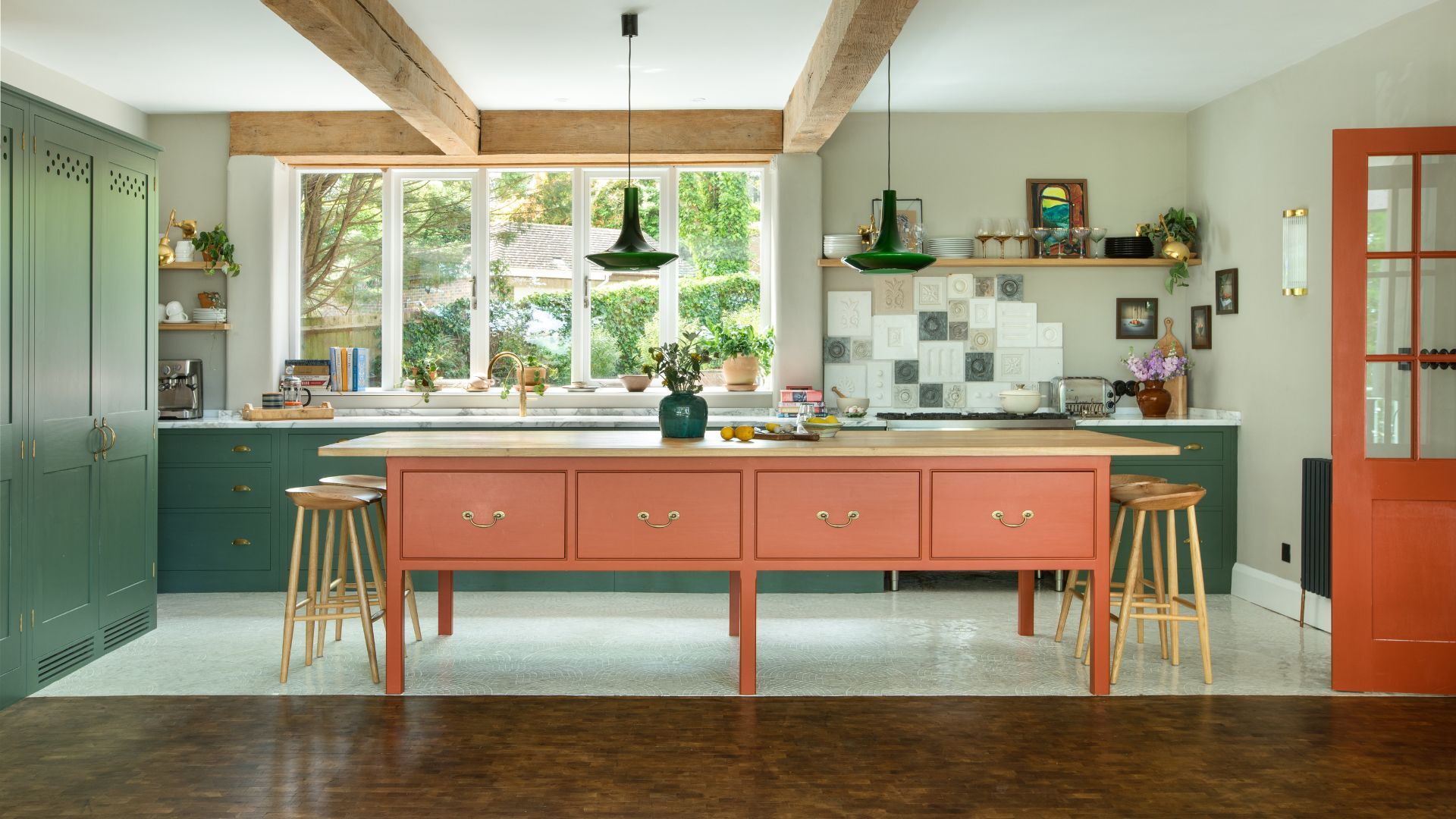How much does it cost to replace a thermostat?
If your thermostat is in need of replacing or if you want to simply upgrade it to the latest technology, listen to what our experts have to say


Most people don't think about their thermostats until they stop running efficiently. When a homeowner wakes up to see their breath in front of their face by not setting it the right temperature over winter, or is bowled over by an unexpectedly high power bill, they'll become aware of the situation.
More typically, though, home thermostats gradually lose accuracy over the years, and electricity bill prices gradually rise without occupants realizing that it's not just the cost of electricity that's increasing, but also the amount they're consuming as well as other common thermostat mistakes.
Fortunately, thermostat costs and installation prices are lower than you may expect, and low enough that many homeowners may be cursing themselves for not updating theirs sooner, helping them to make their heating more efficient.
How much does it cost to replace a thermostat?
The cost of replacing a thermostat varies depending on the type of thermostat and the complexity of the installation. There are a few different types of thermostats available on the market, each with its own set of features and benefits:

Quality assurance
According to Josh Mitchell, HVAC expert and owner of Air Conditioner Lab, prioritizing quality over cost when selecting a thermostat is paramount to ensure a durable and reliable HVAC system.
Opting for a reputable brand and model, even if they come with a slightly higher price tag, can translate into significant long-term savings and enhanced functionality.
Basic programmable thermostats, priced between $50 and $200, offer a cost-effective solution for those seeking essential temperature control features. These thermostats provide programmability for daily and weekly schedules, allowing users to regulate indoor climate efficiently.
High-quality thermostats are built with superior materials and advanced technology, offering increased durability and reliability. They are designed to withstand the rigors of continuous use, minimizing the risk of malfunctions and premature failures.

Josh is an HVAC expert and the owner of the Air Conditioner Lab with years of experience tackling the challenge of home cooling. Josh has explored various innovative methods to cool down living spaces during hot weather.
Smart thermostats, ranging from $100 to $300, introduce advanced capabilities such as Wi-Fi connectivity, remote control, and learning algorithms, such as the Google Nest Thermostat from Amazon. While their upfront cost is higher, the long-term benefits in terms of energy efficiency and convenience can justify the investment.
Investing in a reliable thermostat not only contributes to the overall efficiency of your heating and cooling system but also reduces the need for frequent replacements. Choosing the right thermostat type involves weighing immediate budget constraints against the potential savings and features offered by more advanced models.
Brand and model
The brand and model of a thermostat contribute significantly to its overall cost, making it imperative to strike a balance between functionality and budget.
While it may be tempting to opt for the most affordable option, investing in a reputable brand ensures durability, reliability, and enhanced performance. Careful consideration of the brand and the model aligns the thermostat's capabilities with individual needs, ensuring a cost-effective choice that delivers long-term value and optimal comfort.
Installation
Professional installation is a crucial investment in ensuring the seamless integration and optimal performance of a new thermostat. Installation fees, which range from $50 to $200 on average, reflect the expertise and precision required for a successful replacement.
‘The complexity of the installation and geographical location can influence these costs,’ says Randy Huckstadt, licensed HVAC contractor. ‘Straightforward replacements may fall on the lower end of the scale, while installations involving additional wiring or configuration adjustments could incur higher fees.’
While the upfront expense of professional installation might seem an added cost, it guarantees correct setup, minimizing the risk of malfunctions and ensuring the thermostat operates at peak efficiency. Ultimately, the investment in professional installation pays dividends in the form of a smoothly functioning and reliable HVAC system.

Randy is a licensed HVAC contractor. He performs service and warranty services for prestige pool heat pump manufacturers and is an authorized mechanic for Haward Service and Warranty Center.
Understand its features
‘Knowledge is key when it comes to maximizing the efficiency and comfort of your HVAC system after installing a new thermostat,’ says Mason Duckett, HVAC Specialist. ‘During the installation process, actively seek information on the operation and programming of the thermostat.’
Understanding its features and capabilities empowers you to make informed decisions that align with your heating and cooling preferences. Proper education ensures that you can take full advantage of the thermostat's advanced functionalities, such as programmable schedules and energy-saving modes.
This comprehensive understanding not only justifies the initial investment but also allows you to fine-tune your system for optimal performance. By staying informed, you enhance your ability to create a comfortable indoor environment while simultaneously managing energy consumption effectively.

Mason Duckett is Tonna Mechanical’s Lead Comfort Specialist. Since 1976, Tonna Mechanical has continually provided the finest and most trusted HVAC, plumbing, air quality, and water treatment services in Southeast Minnesota.
Post-installation support
Selecting a service provider that offers post-installation support is also a good idea.
Post-installation support guarantees that any issues or questions that may arise after the replacement are addressed promptly and effectively. This support system provides peace of mind, knowing that you have a reliable resource to turn to in case of technical glitches or uncertainties regarding the thermostat's operation.
Al Fagundes, plumbing and HVAC Technician suggests long-term value for your investment is assured through ongoing assistance, ensuring that your thermostat functions optimally throughout its lifespan. This commitment to post-installation support not only establishes trust between the consumer and the service provider but also safeguards against potential disruptions, allowing you to enjoy uninterrupted comfort in your living space.

Al Fagundes is founder of A. Fagundes Plumbing & Heating Inc based in Tyngsborough, MA. He has been a plumbing and HVAC Technician for more than 20 years.
FAQs
How long should a home thermostat last?
With modern-day technology, thermostats now have an expected lifespan of 10 years, however can be changed sooner as new versions and innovations enter the market. Over time, thermostats may malfunction due to normal wear and tear and rusting.
While the initial cost of a thermostat replacement varies, it's essential to make an informed decision based on your specific needs and the compatibility of the thermostat with your HVAC system. If in doubt, seeking professional advice and installation can save you time and ensure a smooth transition.
Sign up to the Homes & Gardens newsletter
Design expertise in your inbox – from inspiring decorating ideas and beautiful celebrity homes to practical gardening advice and shopping round-ups.

Seraphina is a contributing editor at Homes & Gardens, writing Solved features on organizing and storage. She loves to decorate and also grow her own produce from her home in London. Her previous experience includes working at Women's Health and Fabulous Magazine.
-
 The 5 worst things you can do to your fridge – these will drive up energy costs and result in pricey and regrettable repairs
The 5 worst things you can do to your fridge – these will drive up energy costs and result in pricey and regrettable repairsIt's crucial to swerve these blunders, appliance experts warn
By Ottilie Blackhall Published
-
 Orange and green is the bold color pairing quietly transforming homes in 2025 – here's 4 reasons why
Orange and green is the bold color pairing quietly transforming homes in 2025 – here's 4 reasons whyInterior designers are making the orange and green combination work wonders – this is how you can too
By Sophia Pouget de St Victor Published